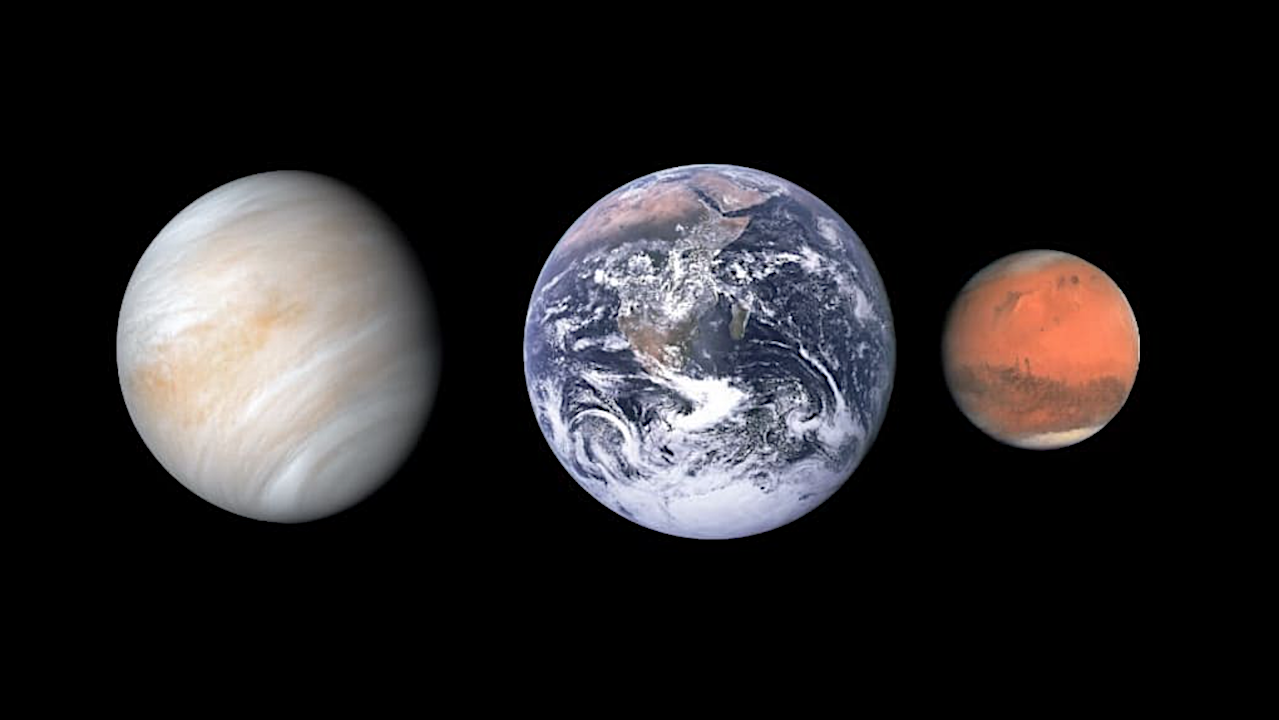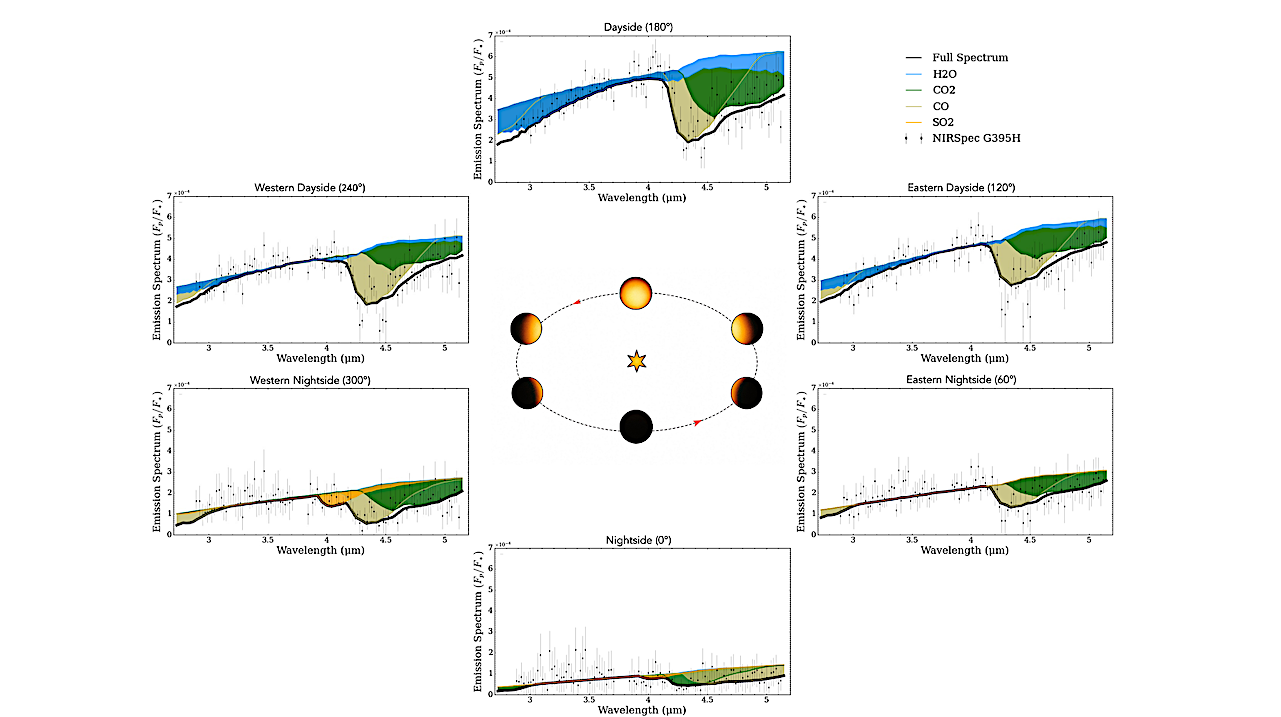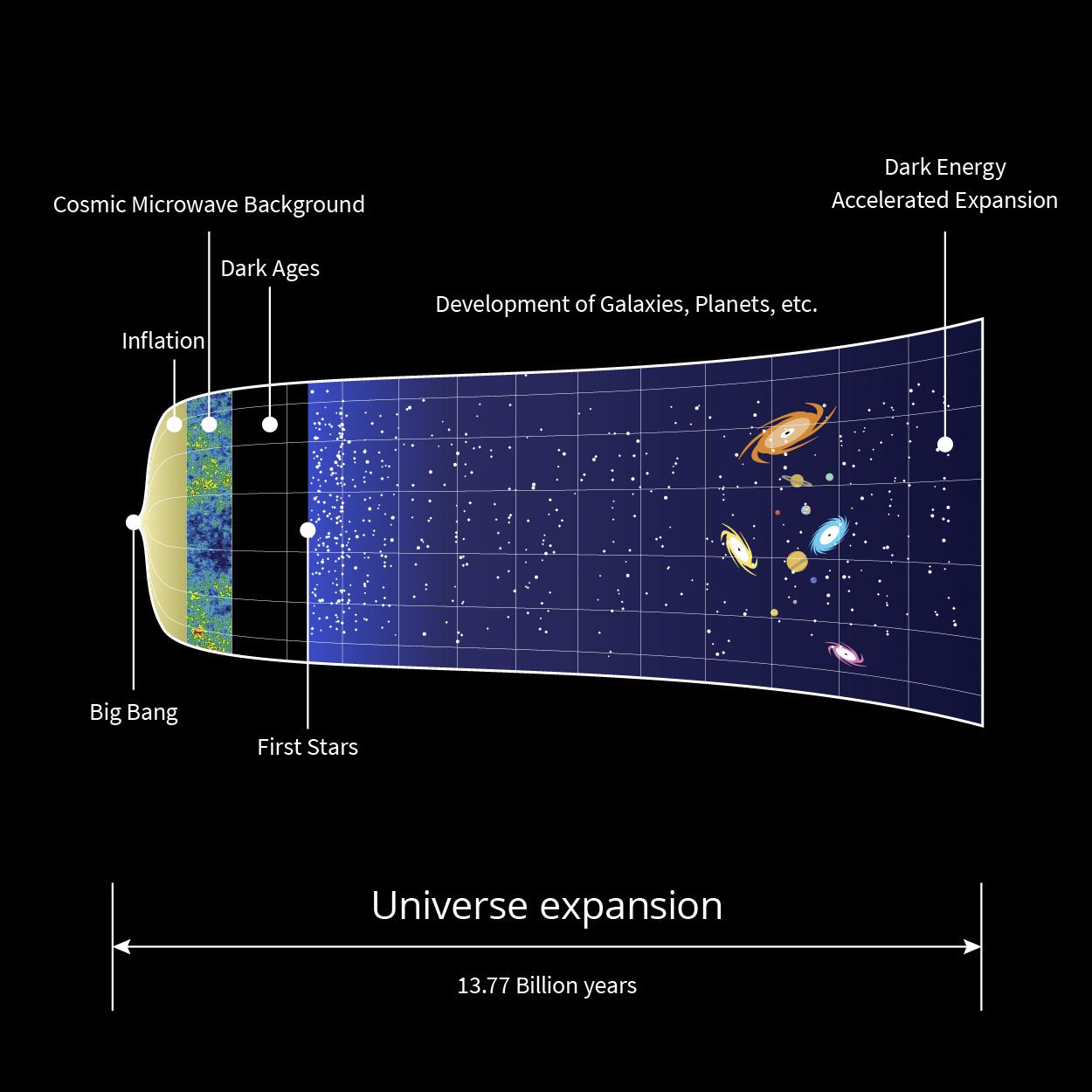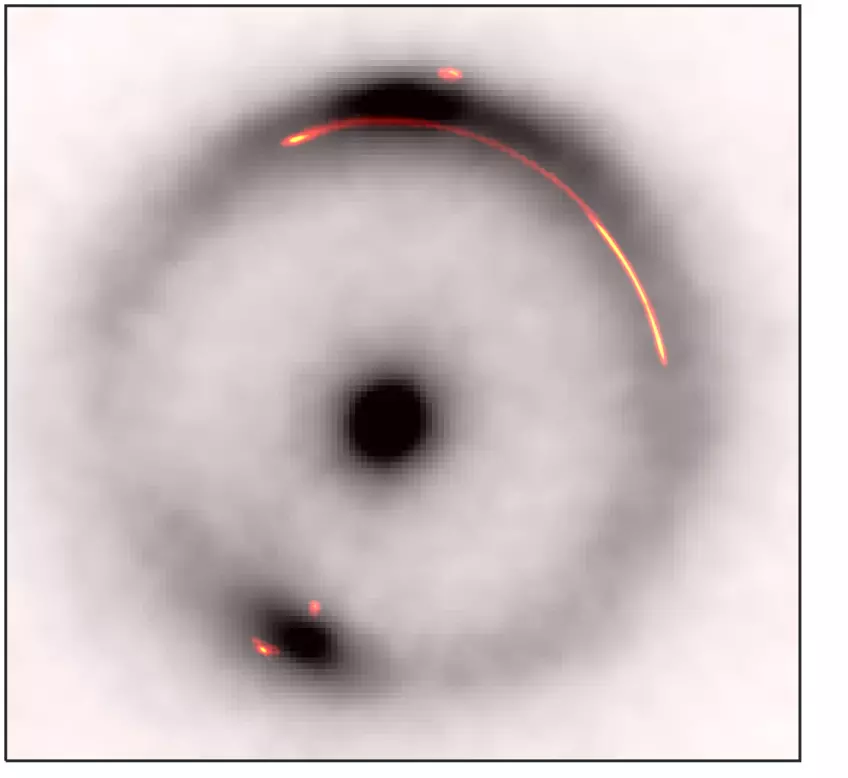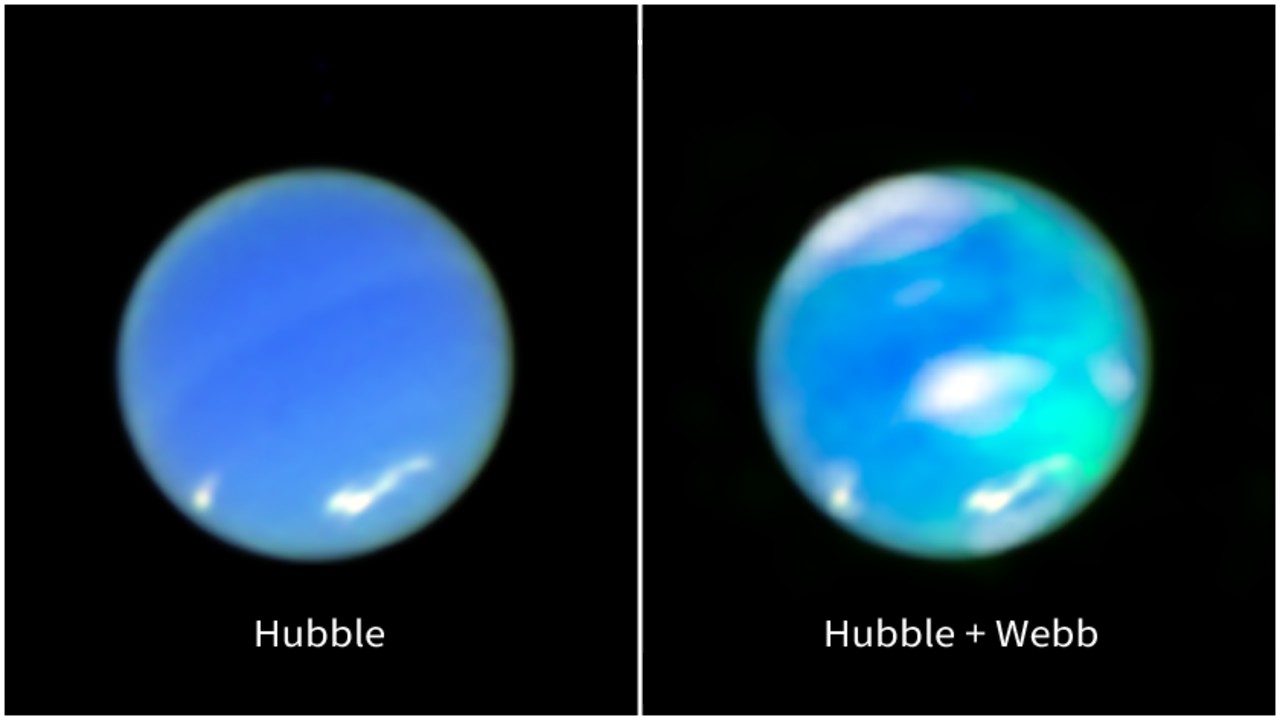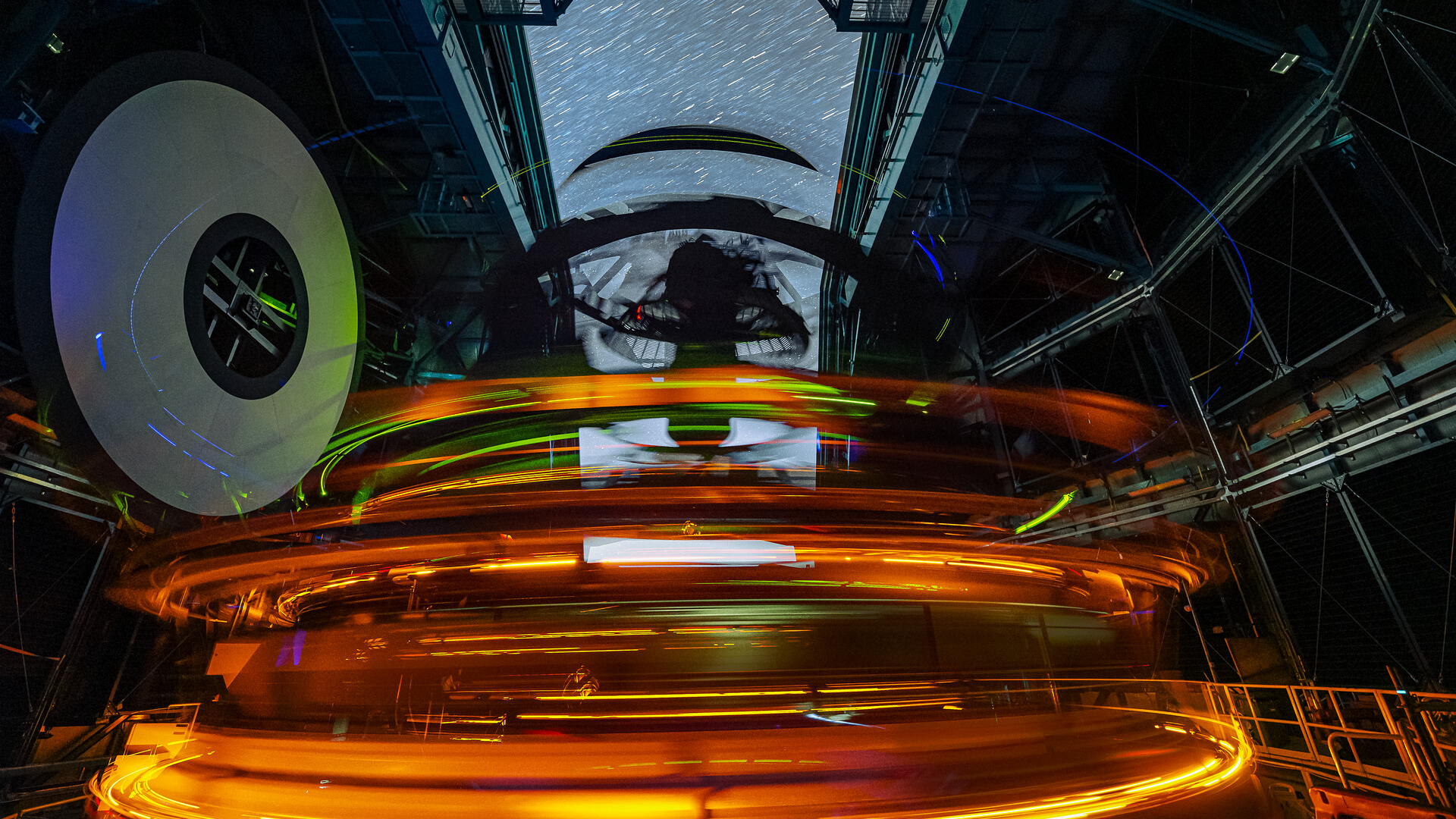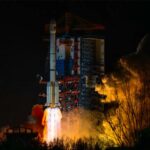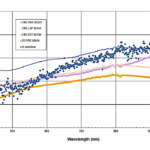Venus, Earth, and Mars — NASA Venus, Earth, and Mars exhibit a wide range of interactions between their deep interiors, surfaces, lower and upper atmospheres, and the Sun, with commensurate
Emission spectra and best-fit free retrieved models for all six phases. The spectral contributions of CO, CO2, H2O and SO2 abundances are shown in green, gold, blue and orange for
Carbonaceous chondrite – large individual of the Murchison Meteorite with fusion crust. FMNH Me 2640 (Field Museum of Natural History meteorite collection, Chicago, Illinois, USA). — Wikiedia Source In the
Biochemistry & Organic Chemistry Status Report chemrxiv.org October 13, 2025 Graphical Abstract — chemrxiv.org The origin of homochirality in biomolecules is a central problem in the study of the origin
After a century of observations spanning the breadth of the cosmos and theoretical insights that push humanity’s vision of the universe to its utmost limits, we can finally, confidently say
A “dark object” detected as an anomalous notch in the arc of a gravitationally warped section of space, could be the smallest clump of pure dark matter yet found. If
(Houston) — Tory Bruno, president and CEO of United Launch Alliance, will be Honorary Chair of World Space Week 2026, it was announced today by World Space Week Association. Led by Bruno,
Astronomers have long called Uranus and Neptune the “ice giants” because models suggested that these outer planets’ interiors are largely made of mixtures of water, ammonia and other ices —
Get ready stargazers! The Orionid meteor shower peaks next week overnight on Oct. 20-21, bringing with it a flurry of spectacular ‘shooting stars’ to brighten a blissfully dark moonless sky.
The Vera C. Rubin Observatory has begun its decade-long survey to scan the entire night sky every three days. To do this, it uses the Simonyi Survey Telescope and the
-
 012024 in Review: Highlights from NASA in Silicon Valley
012024 in Review: Highlights from NASA in Silicon Valley -
 02Panasonic Leica Summilux DG 15mm f/1.7 ASPH review
02Panasonic Leica Summilux DG 15mm f/1.7 ASPH review -
 03How New NASA, India Earth Satellite NISAR Will See Earth
03How New NASA, India Earth Satellite NISAR Will See Earth -
 04And Thus Begins A New Year For Life On Earth
04And Thus Begins A New Year For Life On Earth -
 05Astronomy Activation Ambassadors: A New Era
05Astronomy Activation Ambassadors: A New Era -
06SpaceX launch surge helps set new global launch record in 2024
-
 07Space Force plans new ‘Futures Command’ amid pressure to speed up modernization
07Space Force plans new ‘Futures Command’ amid pressure to speed up modernization


